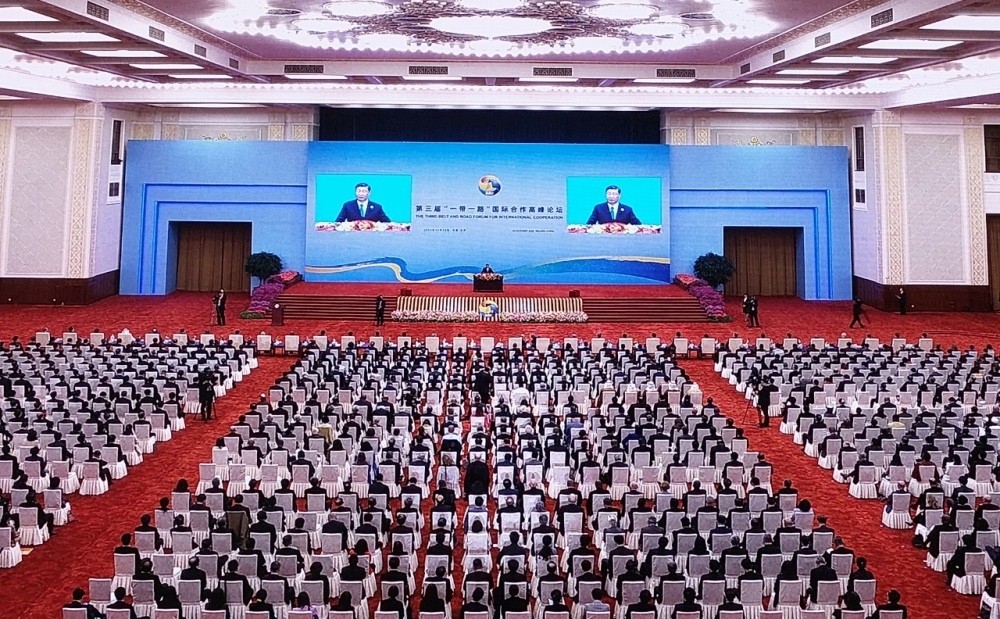Foreign Media: Vietnam to Make the Most of the New Industrialization Policy
Recently, Tran Van Tho, a Professor Emeritus at Waseda University had an article published on the East Asia Forum magazine. In his work, Tho explained some risks that may incur from the trade triangle and focused on the the new industrialisation policy for Vietnam.
Risks from the Pacific trade triangle
Tho said that Vietnam is highly integrated into the global economy and since 2017, trade has consistently sat above 200 per cent of GDP. Vietnam has trade relationships with more than 150 countries, but the majority of its trade is concentrated between China, South Korea, and the United States. He considered these three trade partners a new Pacific trade triangle.
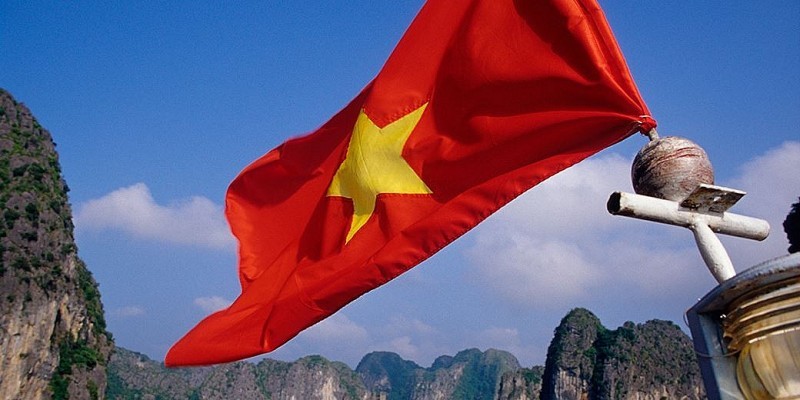 |
| Vietnam is integrating deeply into the global economy and has become an open economy of up to 200% of GDP. (Photo: Citywire Asia) |
In 2020, the United States and China accounted for 45 per cent of Vietnam’s exports. The share of Chinese and South Korean imports rose to 50 per cent, with one third of total imports coming from China.
Tho stated some figures to show that the type of products traded and the trade imbalance between partners is noteworthy. For instance, reliance on the United States as an export destination, representing about 27 per cent of Vietnamese exports and nearly 40 per cent of final consumer goods in 2020, has seen Vietnam’s trade surplus with Washington rise rapidly in recent years.
Vietnam is highly dependent on imports of intermediate goods such as semi-processed products and capital goods from China and South Korea. In 2020, China accounted for 32 per cent of semi-processed industrial goods, 27 per cent of parts and 38 per cent of capital goods imported into Vietnam. South Korea’s shares were 16 per cent, 36 per cent and 21 per cent respectively.
According to Tho, this trade pattern resembles a new Pacific trade triangle comprised of China, South Korea, and the United States, with Vietnam as the focal point. The Triangle of the 1980s featured industrialising Asian economies such as South Korea and Taiwan, who imported intermediate and capital goods from Japan and exported final consumer goods to the United States.
This led to large trade deficits with the former and surpluses with the latter, resulting in a trade conflict with the United States. Newly industrialising economies in Asia solved this problem by substituting imports from Japan for upgrades in their own industrial structures.
Tho said that current Pacific trade triangle in which Vietnam is enmeshed is riskier. On the one hand, the United States may impose protectionist measures on trading partners with which it has large deficits, particularly those partners which import large amounts of inputs from China. On the other hand, over reliance on imports from China may bring about instability when changes in Chinese domestic policy affect trade with neighbouring countries.
China’s strict border controls under its zero-COVID-19 policy have seriously restricted Vietnam’s agricultural exports, and a sudden reduction in the supply of inputs from China will negatively affect Vietnamese industrial production.
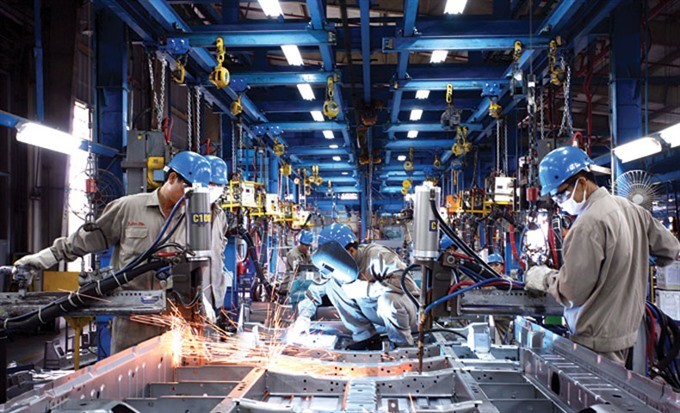 |
| Working in a factory in Vietnam. (Photo: enternews.vn) |
A new industrialization policy
In that context, Tho suggested that Vietnam can upgrade its industrial structure by substituting imports from China and South Korea. In addition to gradually diversifying its exports away from the United States, this industrialisation strategy would dismantle the new Pacific trade triangle and stabilise Vietnam’s trade structure.
Tho recommended two aspects that the new industrialisation policy should focus on.
First, a new foreign direct investment (FDI) strategy. The government should introduce new FDI projects on a case by case basis, improve infrastructure, and offer incentives to encourage import substitution for high-tech components and other intermediate industrial products.
In August 2019, the Political Bureau of the Communist Party of Vietnam issued a resolution calling for a new FDI policy. The resolution emphasised the introduction of high-quality projects, (which produce high skill, high technology-intensive products) even if a broader FDI policy is yet to be realised. The author concluded that although Vietnam’s lack of new FDI framework is partly due to the pandemic, more proactive policy and concrete initiatives are necessary to achieve Vietnam’s trade and economic goals.
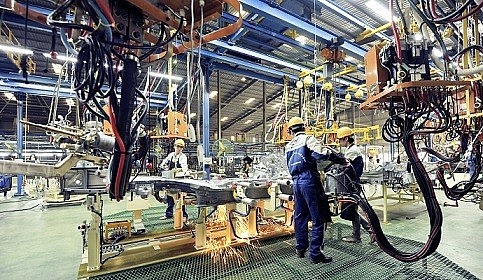 |
| More proactive policy and concrete initiatives are needed to achieve Vietnam's economic and trade goals. (Photo: Communist Party's Electronic Newspaper) |
Second, the supply of skilled labour should be expanded in order to upgrade Vietnam’s industrial structure. The improvement of specialised technical colleges and expansion of science and technology faculties in major universities should be focal points of this upgrade.
A more immediate response would be to connect Vietnamese technical trainees in advanced countries, namely Japan, with foreign and local firms investing in higher quality industrial products in Vietnam. The number of skilled Vietnamese labourers conducting internships in Japan amounted to 220,000 at end of 2019.
In addition, in Japan there was an increased number of Vietnamese specified skilled workers who passed exams in specific engineering fields and an intermediate level of Japanese language. At the end of 2020, these specified skilled workers numbered 15,663.
Tho said that investing in a younger generation of high skilled labourers will ultimately help Vietnam elevate its industrial capacity. Yet it is one of many updates to Vietnam’s industrial and trade policies that are needed to help Hanoi navigate the instability of the new Pacific trade triangle.
 | Vietnam Blockchain Union Connects Technology Business Community The Vietnam Blockchain Union (VBU) aims to connect the technology business community and provide relevant agencies with consultations. |
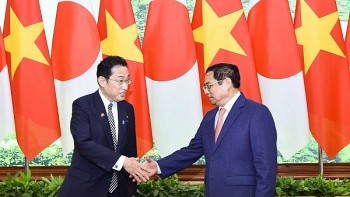 | International Press: Vietnam Emerging as Important Economy in Southeast Asia The visit to Vietnam by Japanese Prime Minister Kishida Fumio from April 30 to May 1, along with the visit by his predecessor Suga Yoshihide ... |
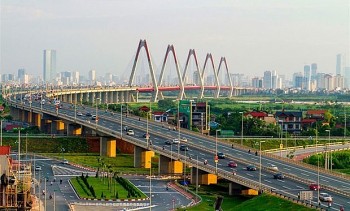 | Vietnam’s Economic Growth Driven By Good Recovery of Sectors: World Bank Vietnam’s economic growth in the first quarter of 2022 was consolidated thanks to the solid performance of export-oriented manufacturing and recovering service sector, according to ... |
Recommended
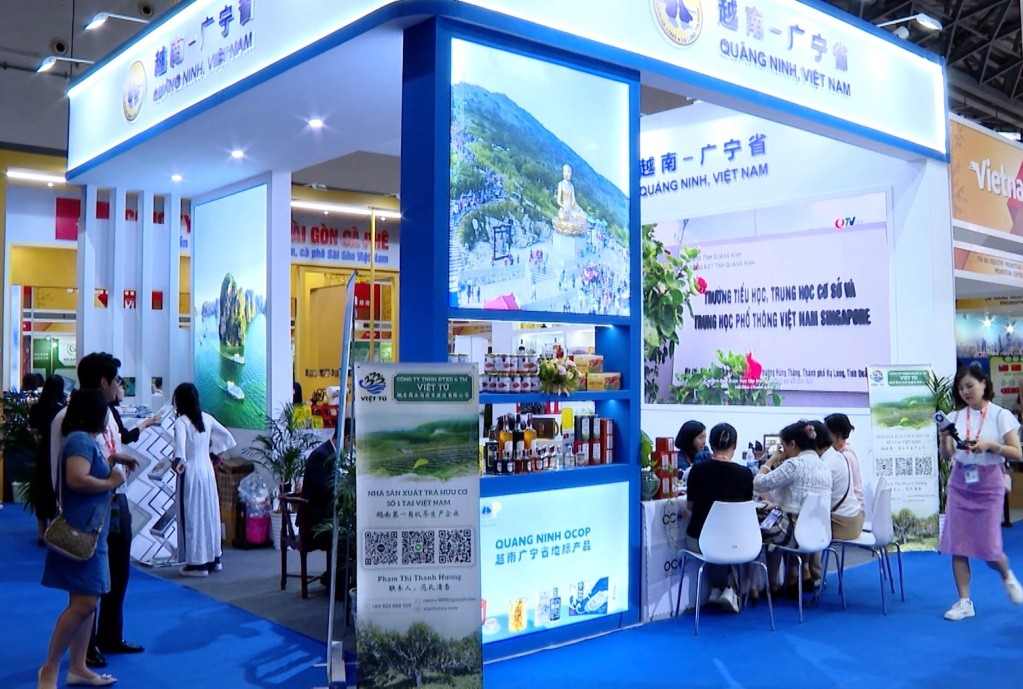 Economy
Economy
Quang Ninh to Promote Local Brands to the International Market
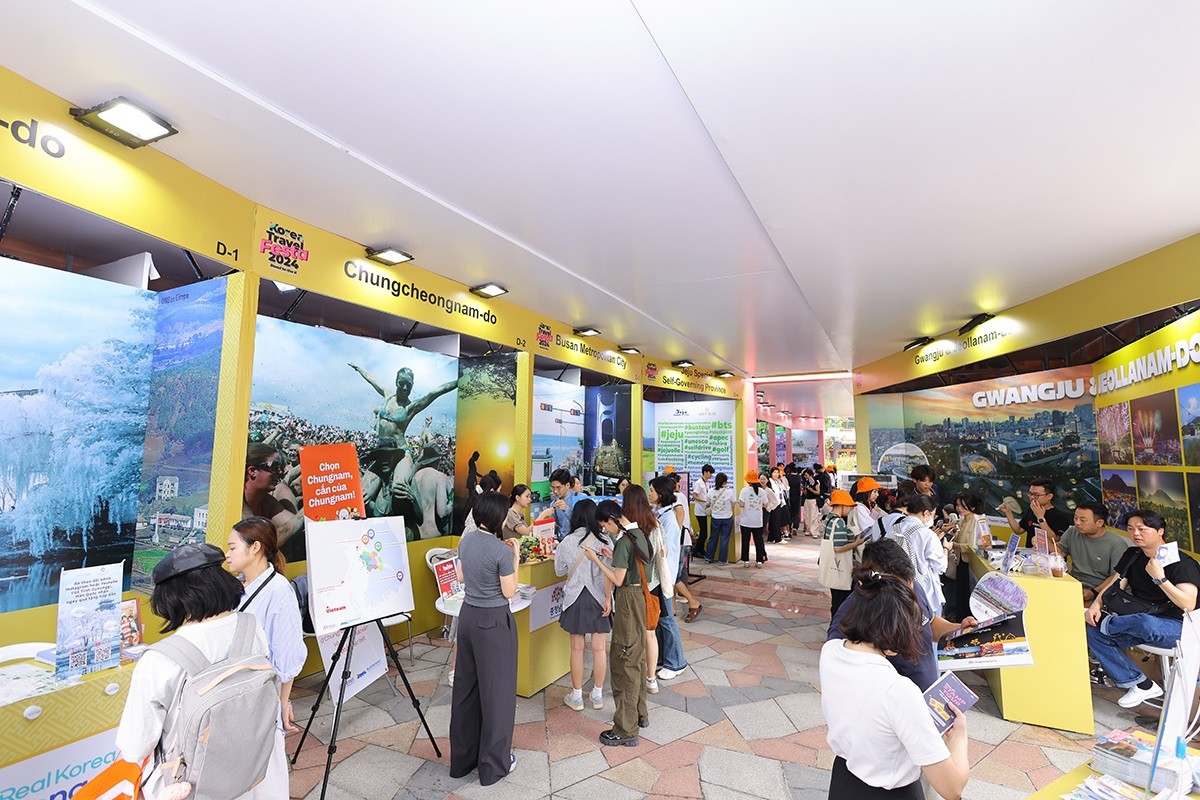 Economy
Economy

